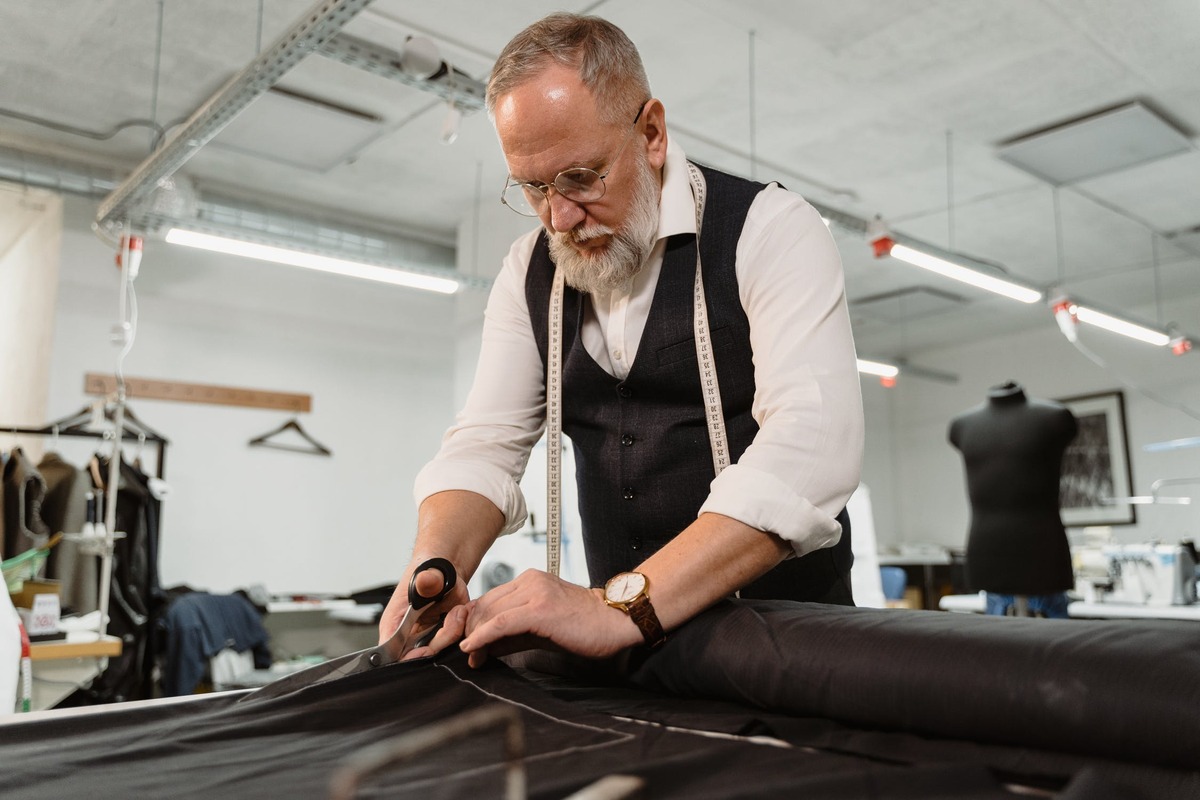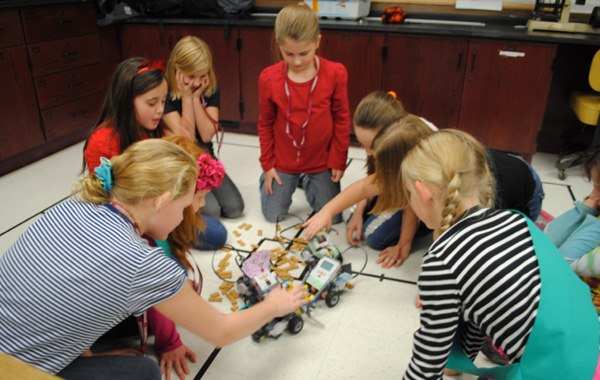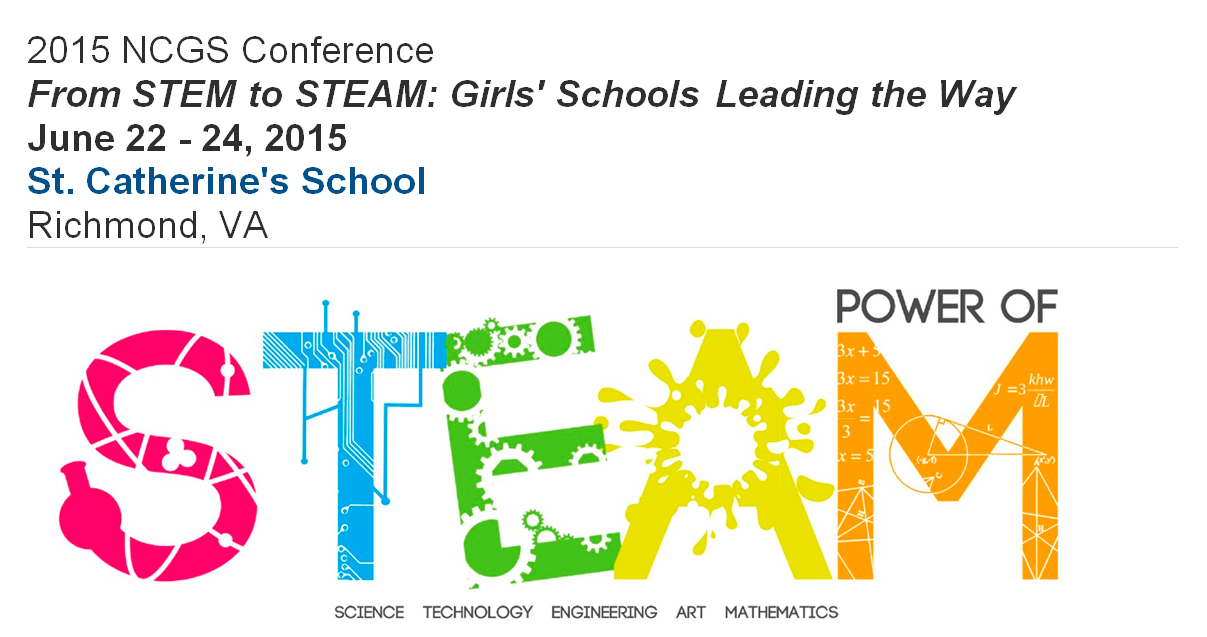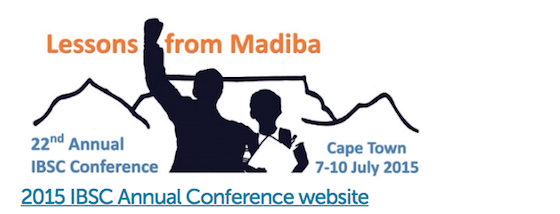
The challenge of personalizing learning
An article by Paulina Bánfalvi published on 28th October 2021 in El Diari de l'Educació.
Educating is a challenge that becomes more complex as society becomes more diverse and the future of students is more uncertain. The formulas we have learnt are no longer effective because the needs, profiles and context of our students have changed. We must respond by offering a personalized education… but what is personalization?
Customizing involves a change in focus on the purpose of our teaching work, but also a change in the use of educational resources and structures. It means starting from the profile of each of our students to structure a flexible and modulated educational proposal that is adapting and responding to their development, to challenge them to always go one step further. It also involves teamwork in which all center staff are coordinated efficiently in favour of the students' development.
It is an ambitious but comprehensive process. Some aspects may exceed our responsibility and capacity for transformation, but others are in our hands. What are those aspects?
Understand the profile of students
There are dozens of items we could collect, but the information is not the more extensive the more useful. We need to be aware of our management skills and think carefully about what we want to know, why, and what for. Collect only the information you are going to use.
Think about your subject. What skills are needed for good performance? Each subject challenges a certain type of skill to a greater extent than others.
Think about your teaching style. If you work on projects, or generate discussions or rely on the flipped classroom or your class is more expository, you test different skills and qualities in your students that you should identify.
The class. The context, the educational level, their academic and social history, their personal and family context will determine another series of relevant items.
Use the different sources of information at your fingertips. Your academic record, conversation with teachers, tutorials with families, a self-assessment questionnaire, classroom observation, and some dynamics or game-debate, role-playing, small research, or mini-project, can give a lot of information about the starting point for the student, while offering an opportunity to give context to the curricular content.
The students. Creating your profile seeks to define a starting point and specific needs to challenge them and provide the guidance they need to always take them one step further. We do not measure the extent to which a student reaches an expected average standard, or what place he or she occupies in the class ranking.
The curriculum as a challenge
Play with the content to respond to "Why should I learn this?" Students are eager to learn. But they are eager to learn what gives them some positive developmental experience. Link the curricular content with each other and with the world around them, with the great challenges of humanity, the great problems, the great issues that plague humanity or will be a challenge when they grow up and face life as adults. Learning must be explicitly meaningful and useful, not from our perspective, but from theirs.
Rearrange the contents. Break down topics and subtopics to reorganize them so that they relate to each other.
Reconstruct the blocks and the order, to go from a more ample and general perspective, to the most specific and concrete one. Having a context in which the pieces fit, creates a sense of usefulness and understanding and leads them to connect with learning.
Compact and enrich. This perspective makes it possible to compact the content -avoid repetitions or fall into a "spiral" progress- and identify opportunities to enrich the curriculum by connecting it with challenges, current news, new discoveries, professional applications or any extra connected curricular content that is stimulating because of the curiosity or emotion it generates.
Make it a challenge for thinking. Our students are facing the age of creation, where what you know is only valuable if you know what to do with it, how to use it to transform your reality, to innovate, to create and generate solutions. Critical thinking, moreover, acquires greater development and skill when faced with a creative challenge and this allows us to connect all the curricular content -or much of it-, involve and challenge critical thinking skills, work on key competencies and create different paths. That will allow them to connect with their interests and preferences and choose the level of depth and complexity that motivates them at every moment, for every challenge.
Evaluation as a tool for improvement
The teacher is transformed and goes on to measure results to provide guidance and tools to seek greater progress in their students. The answer is no longer "students can't or don't want to" but why? Whether the student gets good results as if not, analyzing the causes gives us the keys to offer you tools and strategies that will help you move one step further. This sense of progress, and understanding what they will need to do to improve, helps create a positive learning experience and sense of accomplishment. Feedback is, without a doubt, one of the teaching tools that generates the greatest impact on students.
Customizing involves stopping working for students to fit in, to look for tools and strategies that fit them. Reverse the process and build learning not from my "unit 1", but from the starting point of the students. Not for him or her to approve, but to develop. Not for meeting a schedule, but for their needs, interests and potential. Not to offer him or her what served us, but to prepare him or her for the challenges he or she will face in the future.



